Nobody likes change.
Only joking. I like change. It’s one of the reasons I love London. (It’s also one of the reasons I left London). But when it comes to Christmas, change is very, very bad.
That’s probably why we neglected to plan where we would spend the day itself: the idea of this beloved annual tradition being so utterly bereft of all the identical customs, clichés and cracker jokes was too traumatic. Add in the lack of proper build-up and I could just pretend it wasn’t happening.
Then suddenly there was less than a fortnight to go, our parents were asking “where are you spending Christmas?” and we thought – crap, where are we spending Christmas? Probably ought to get that sorted.
In central Java, Yogyakarta – or Jogja, as it’s commonly known – takes centre-stage.
But we’d read that nearby Surakarta, or Solo (what is it with the Javanese and their unrelated nicknames?) was less westernised and more compelling, so we set our course that way instead.
Peter heroically took charge of the hotel booking and stumbled upon the Alana Solo which appeared unfeasibly swanky yet inexplicably fit our budget. And so, for £23 per night, we found ourselves in a room that looked like this:
The train to Malang contained only economy benches, and departed from Banyuwangi at 5am.
Perhaps this is why it’s such an underused route. Even The Man In Seat 61, international train journey guru, failed to recommend or even make Indonesian tourists aware of its existence. We found it merely through casual googling and the desire to traverse Java by rail.
We had arrived in Banyuwangi by ferry late in the afternoon and immediately bought our onward train tickets at the cavernous, leaky rail terminus. It was entirely empty: perhaps not surprising since they only had two trains a day; one arriving, one leaving. A cleaner ushered us into the information booth where we purchased a chit from a lady concerned we wouldn’t be happy with economy (not that there was an alternative), and then traipsed across the hall to get our tickets printed. The journey would take eight hours, and we had paid £3.50 each.
What to do in Bali?
Before arrival, we had vaguely discussed visiting one of the Gilis. These are a trio of islands, technically belonging to Lombok, the next big island to the east, itself much-touted for its beauty. One is practically untouched, one is party-central, one has Goldilocks-status with some infrastructure but no bars, and all are famous for their beaches and sunsets. But after our disappointment with Ubud, and neither Peter nor I being overly bothered with beaches, they fell from favour.
So where to go?
Now if any of you have been thinking “this is all very nice Robyn, but where’s the “flash” part of your flashpacking? This just sounds like slightly more civilised backpacking to me”, then my answer to you would be two-fold. Firstly, as far as I’m concerned, that’s what flashpacking is, to be honest. And secondly: you make a good point. Let’s get a bit flashier, shall we?
Enter Malaysian Airlines. Did you know that they offer us poor cattle-class plebs the opportunity to upgrade our experience without turning up to the airport in high heels and hoping for the best? Instead, you can bid to fly business class. I originally only chose Malaysian because they were so inexpensive: just £200 to fly economy from Tokyo to Bali, a 7 + 3 hour flight with a 6-hour stopover in Kuala Lumpur. They’re clearly struggling in the aftermath of MH71 and MH370. This bidding gimmick is presumably their way to try and drum up some new custom, and I was happy to bite!
My interest in Japan owes much to one of my favourite authors, Haruki Murakami.
Whilst in Tokyo, I had hoped to identify some of the locations he describes. I thought I might perhaps even gain a glimpse into the psyche of the Japanese men who form the bulk of his protagonists: forgettable loners, quietly plodding through life and barely leaving an imprint. It had seemed a strange universal character to choose, but after only a few days in the city I could understand why they provided him with such rich potential. It’s a place dedicated to solo living: the tiny apartments, the individual seats at ramen bars, the anonymity of the packed subway car. Like no other city I had visited, Tokyo invited people to disappear, even when living a life surrounded by other human beings.
The deal was that we would go to Japan together, at a later date. It was a country we both longed to visit and therefore deserved to be taken on its own merits without any other distractions.
But the cheapest flight from Vladivostok to Melbourne went via Tokyo, so Peter reasoned it would be simply churlish not to extend the stopover from two hours to two nights.
And if he was getting two nights in the city then damnit so was I. Although flight prices being what they are . . . two became four. And so I found myself bound for Tokyo with five days to play with and strict instructions not to leave the city limits.
I wasn’t going to visit the Korean peninsular without attempting to get into North Korea.
Well, by “attempting” I mean “paying for a trip” and “North Korea” I mean the Joint Security Area.
The DMZ, or demilitarised zone, is a strip of land around 2km wide which covers the entire border between North and South Korea. The JSA is a tiny section of this where talks and negotiations take place: a makeshift hut slap-bang on the border, precisely half in each country, is the epicentre. It’s arguably the most interesting place to visit and an essential part of any trip to South Korea.
It was also temporarily closed to visitors.
This was due to imminent talks taking place three days later between the leaders, so I deemed it a reasonable excuse not to let me in and went on a tour of the DMZ anyway, sans JSA, and feeling rather aggrieved at their ill-timed political processes.
After the wash-out that was Busan, I was determined not to make the same mistake twice. So I gave myself a week’s notice and pored over Seoul’s accommodation options before choosing one with universally excellent reviews and the promise of a beautiful breakfast.
I had high hopes but low expectations and it was with some surprise that I discovered that my guesthouse was nestled deep in the heart of Bukchon Village: a higgledy-piggledy district of alleyways and single-story hanoks, the oldest part of Seoul, and bordered by two palaces and three mountains.
There is a peculiarly Korean activity and it is to spend the night in a sauna.
It’s not quite what you’re thinking. For one, you’re not literally in the sauna itself . . . unless you want to be. And secondly . . . it’s not remotely dodgy.
Jimjilbangs, as they’re known, are essentially bathhouses, and you’ll find them in every city, town and village throughout the country – although most are significantly smaller than the one I visited. They’re open 24/7 and you can enter or leave whenever you want, which makes them the ideal crash pad for exhausted office workers or late-night clubbers or just a safe, friendly space for a gang of friends to spend an evening. I knew I had to experience this before leaving and had heard good things about Siloam in Seoul: not as glitzy or touristy as the much-touted Dragon Hill Spa, but still attended by enough foreigners that there would be some English instructions, and my flabby white body wouldn’t receive too many curious/disgusted glances.
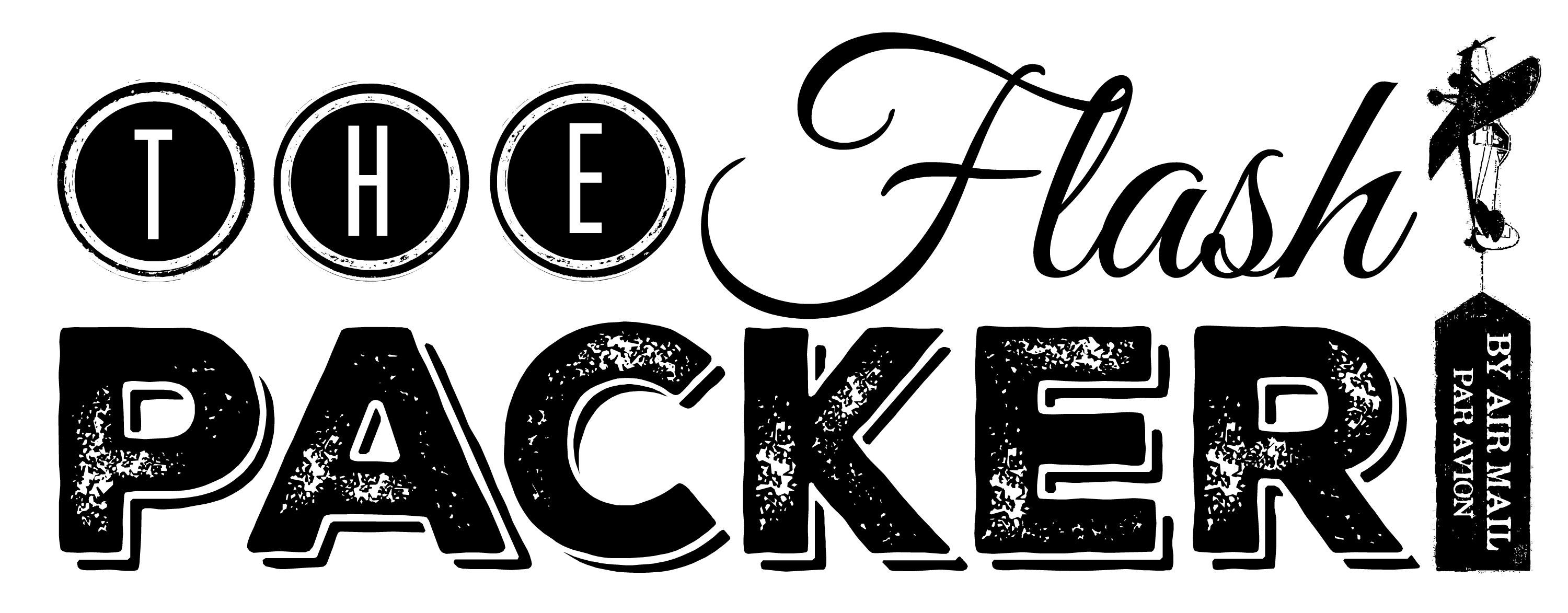

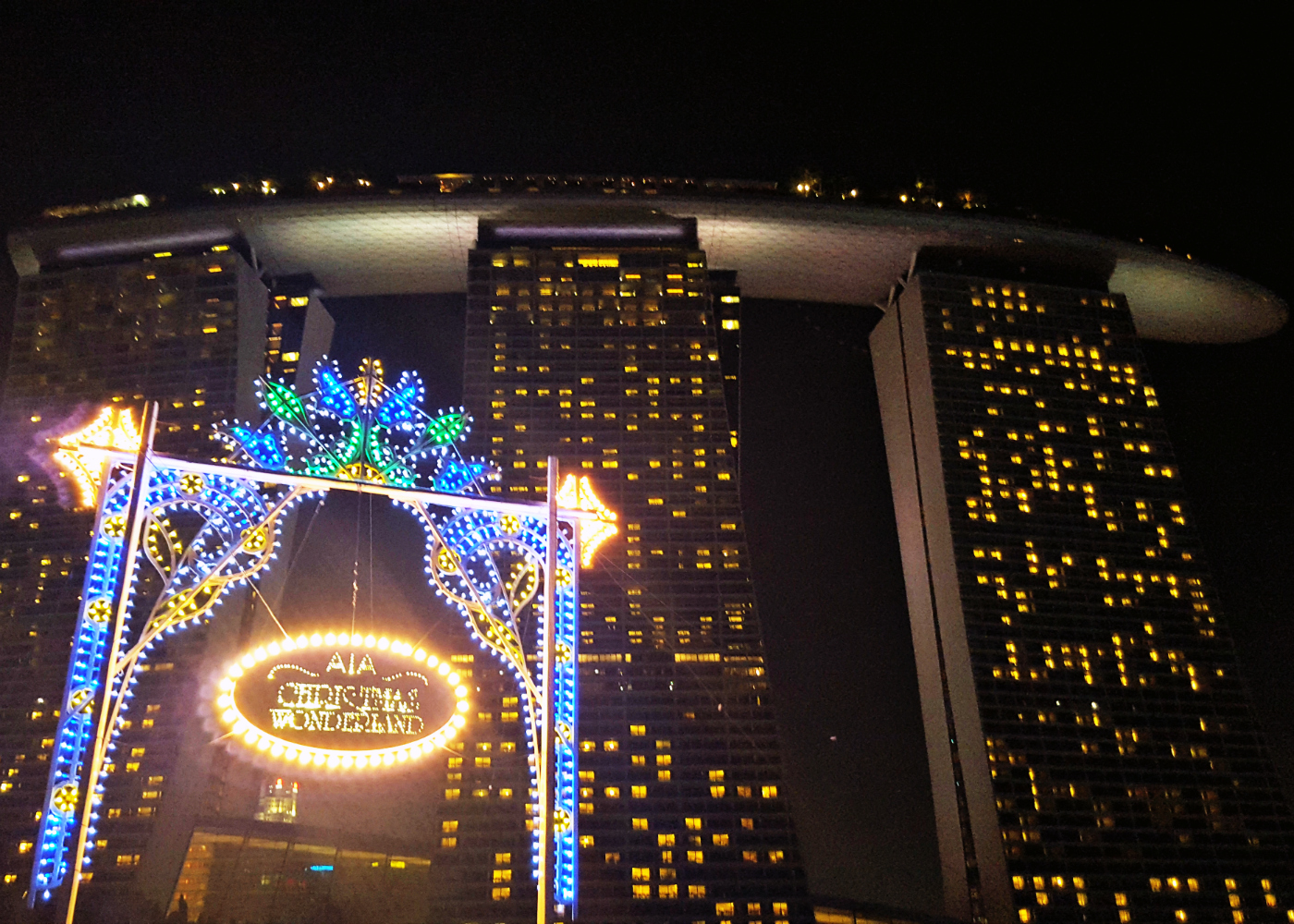
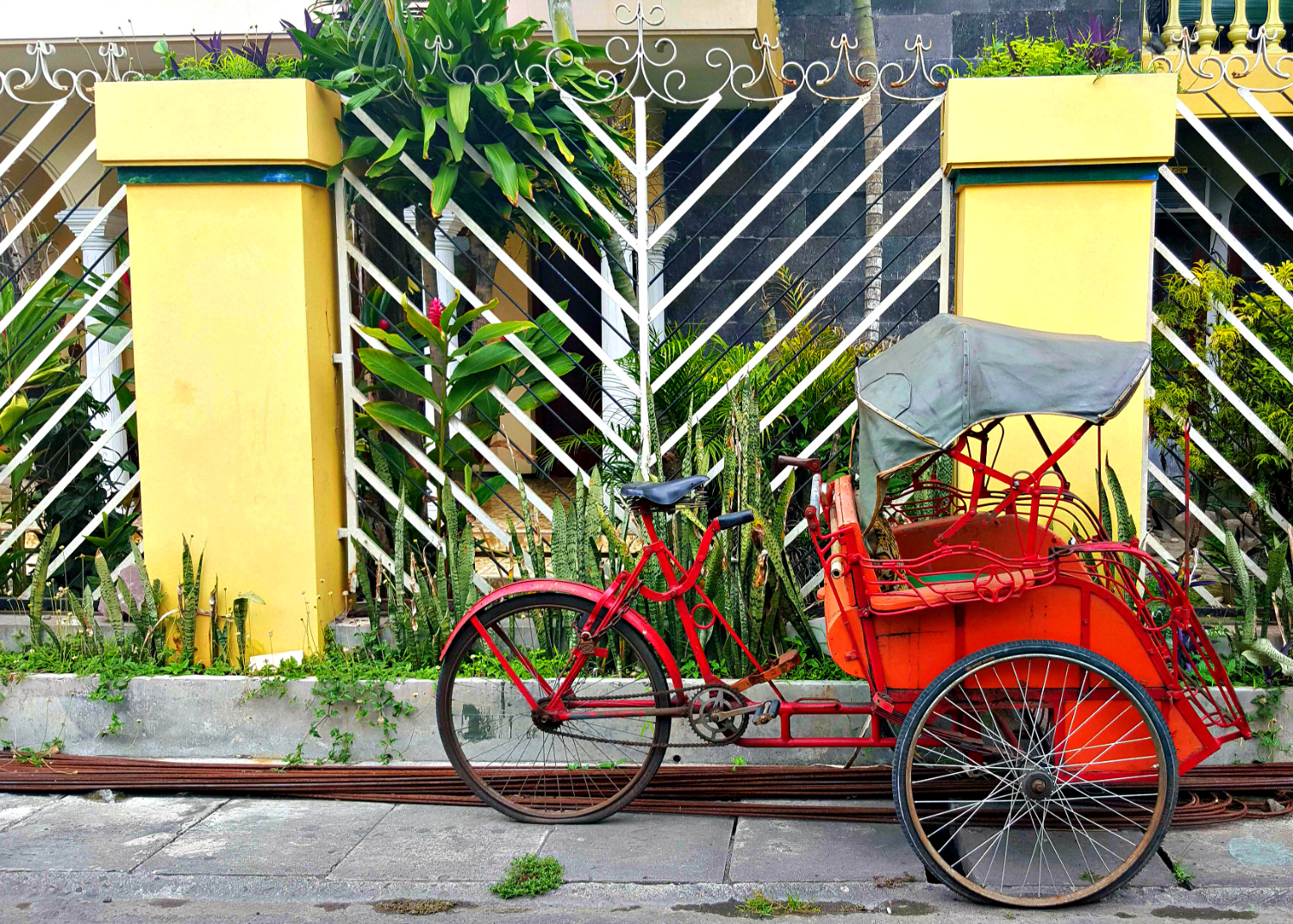
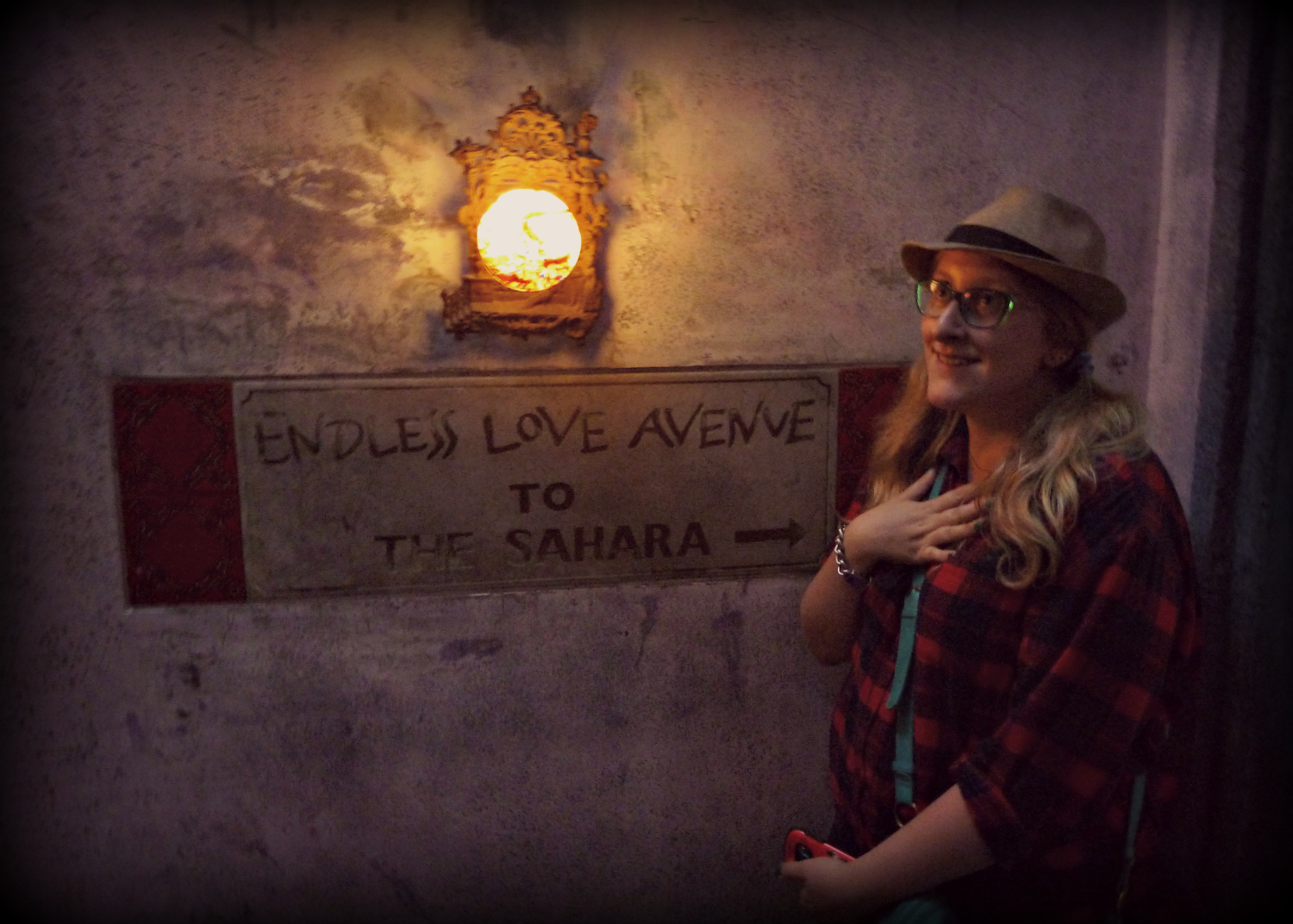
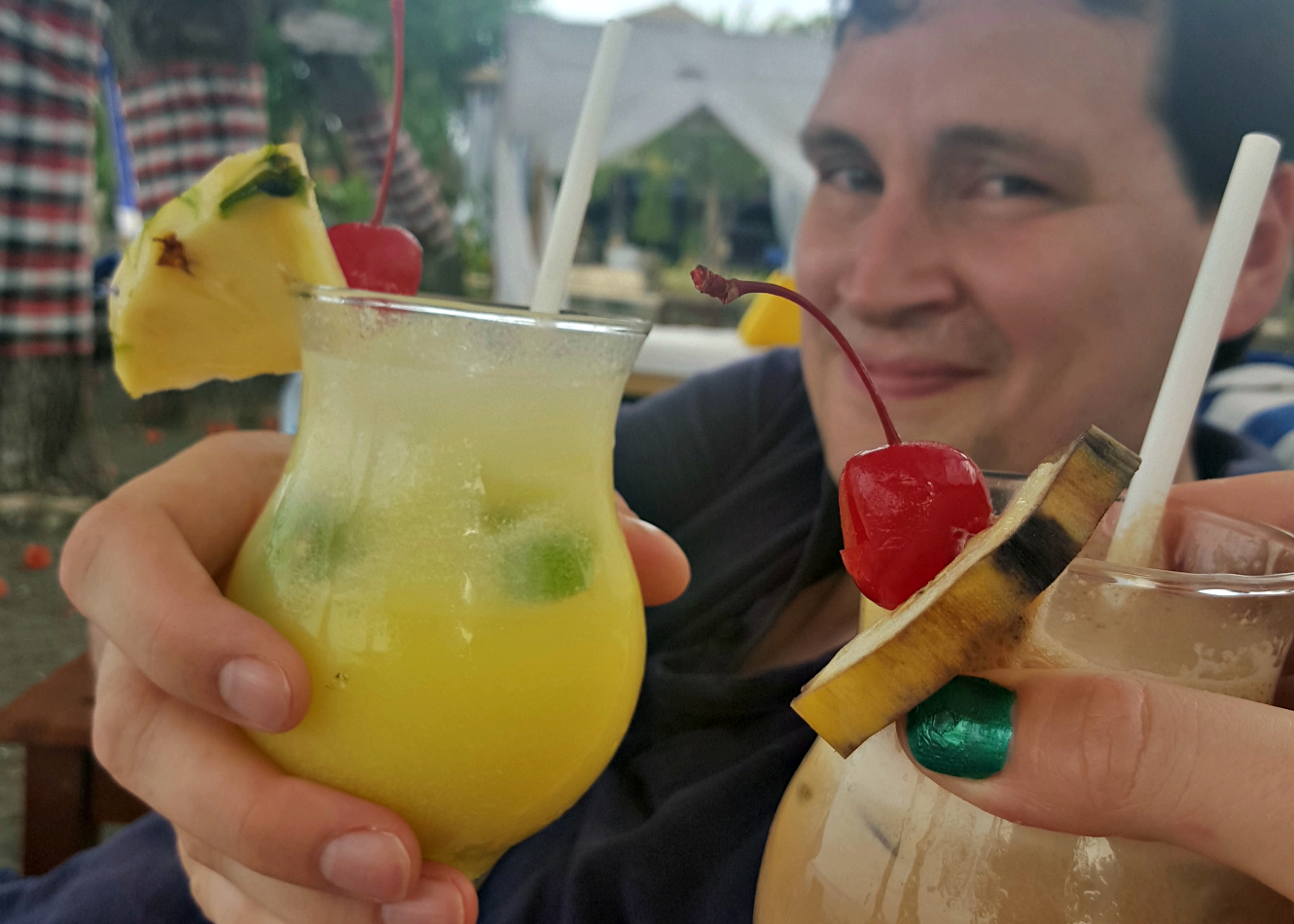
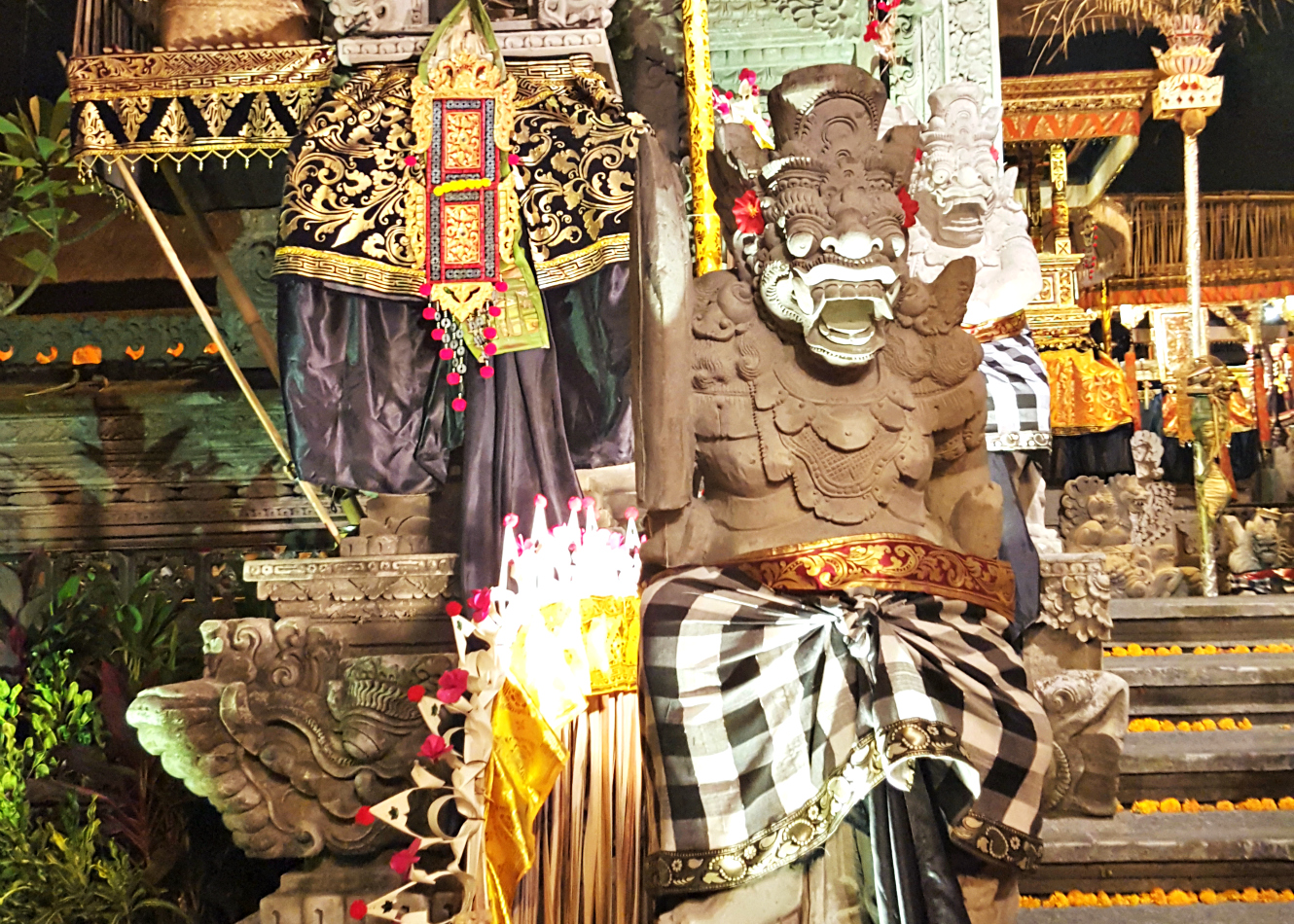
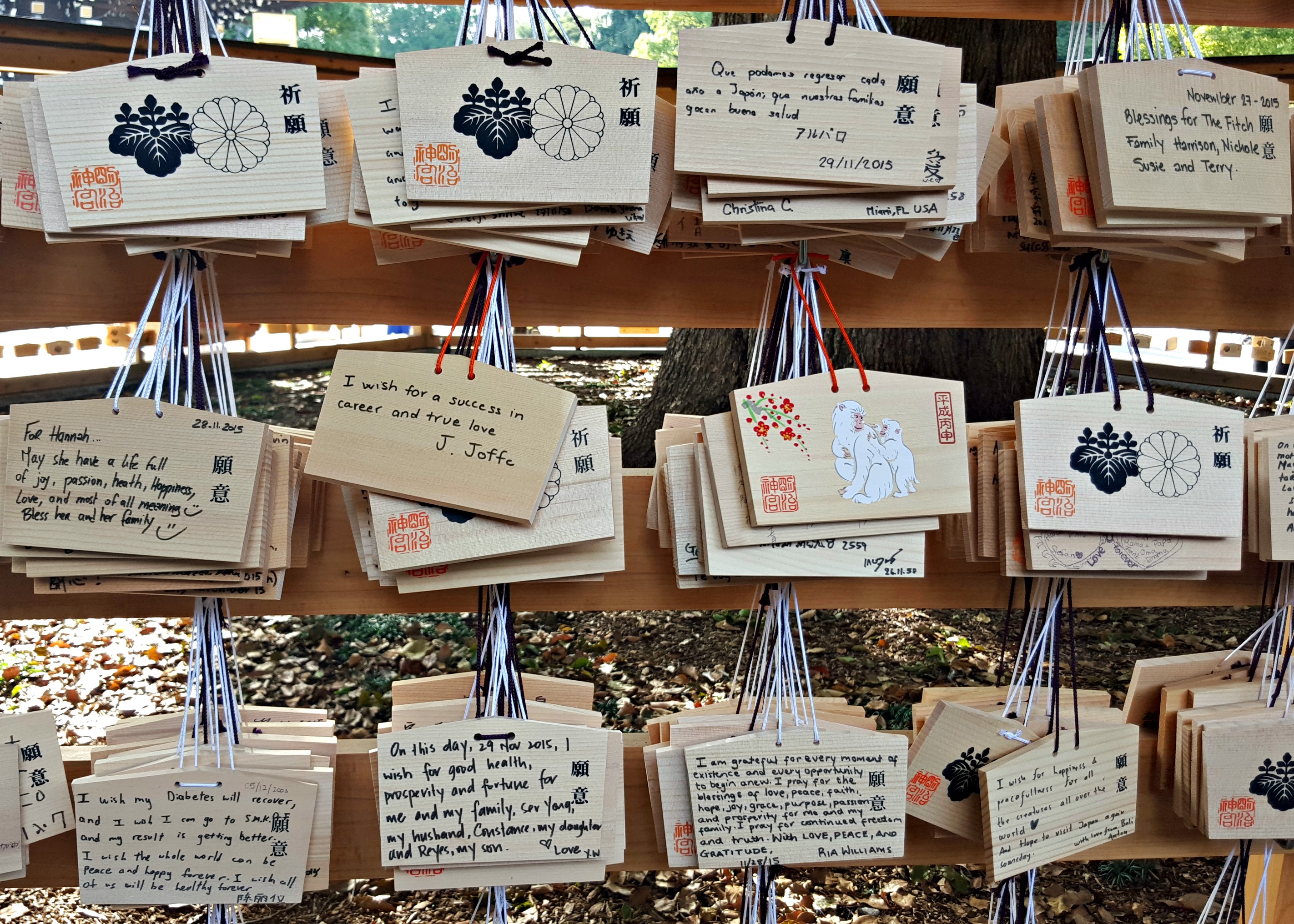
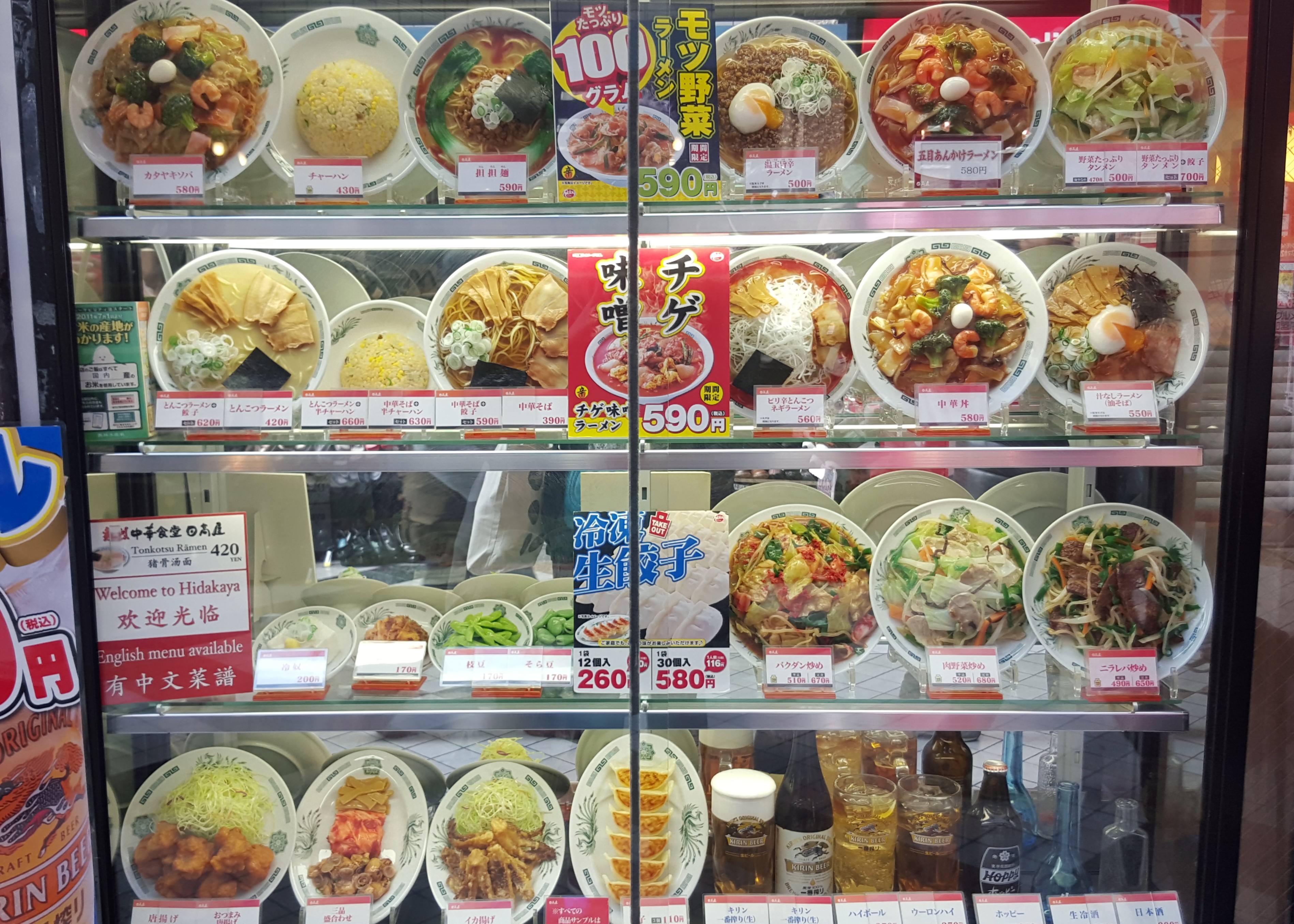
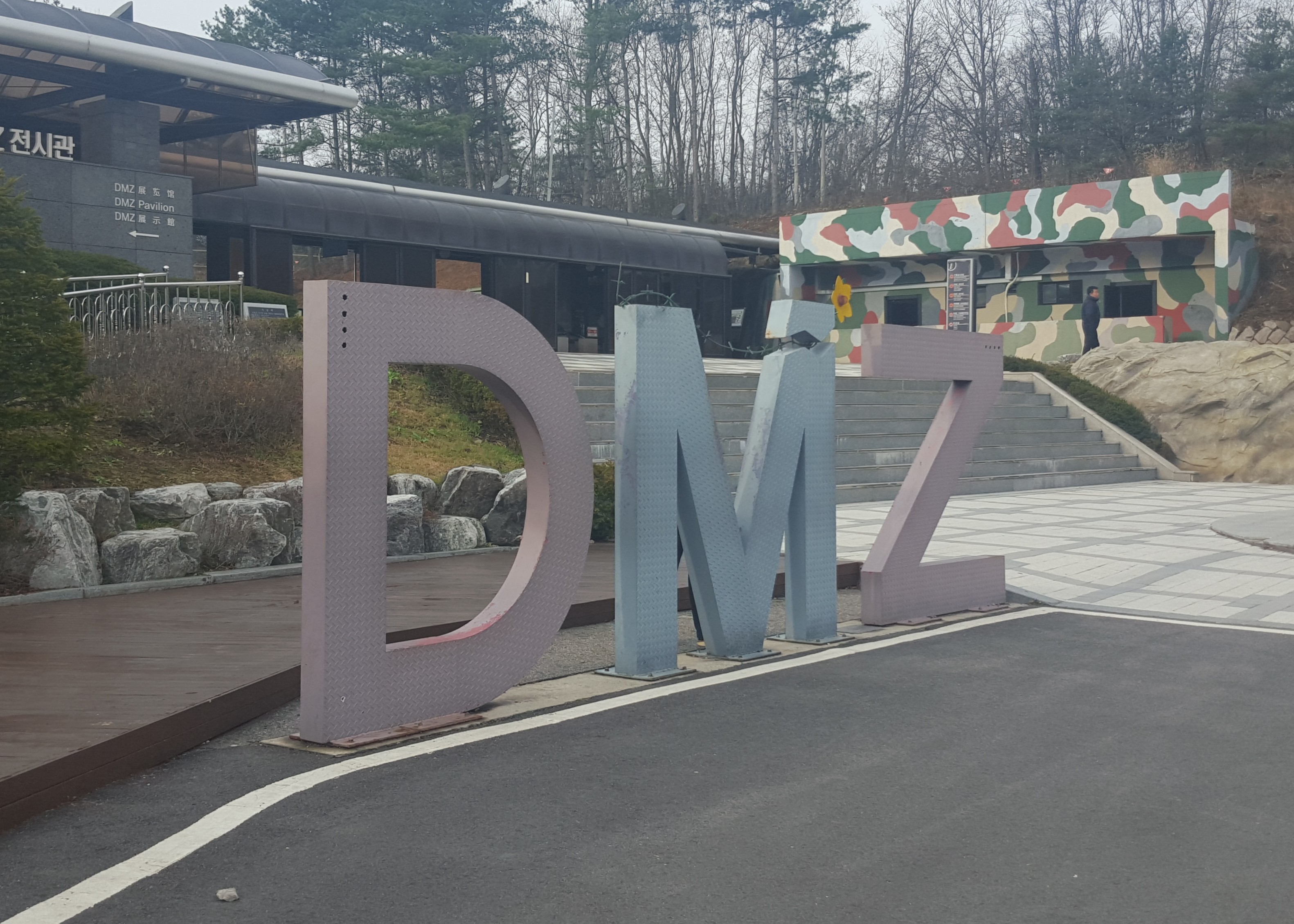
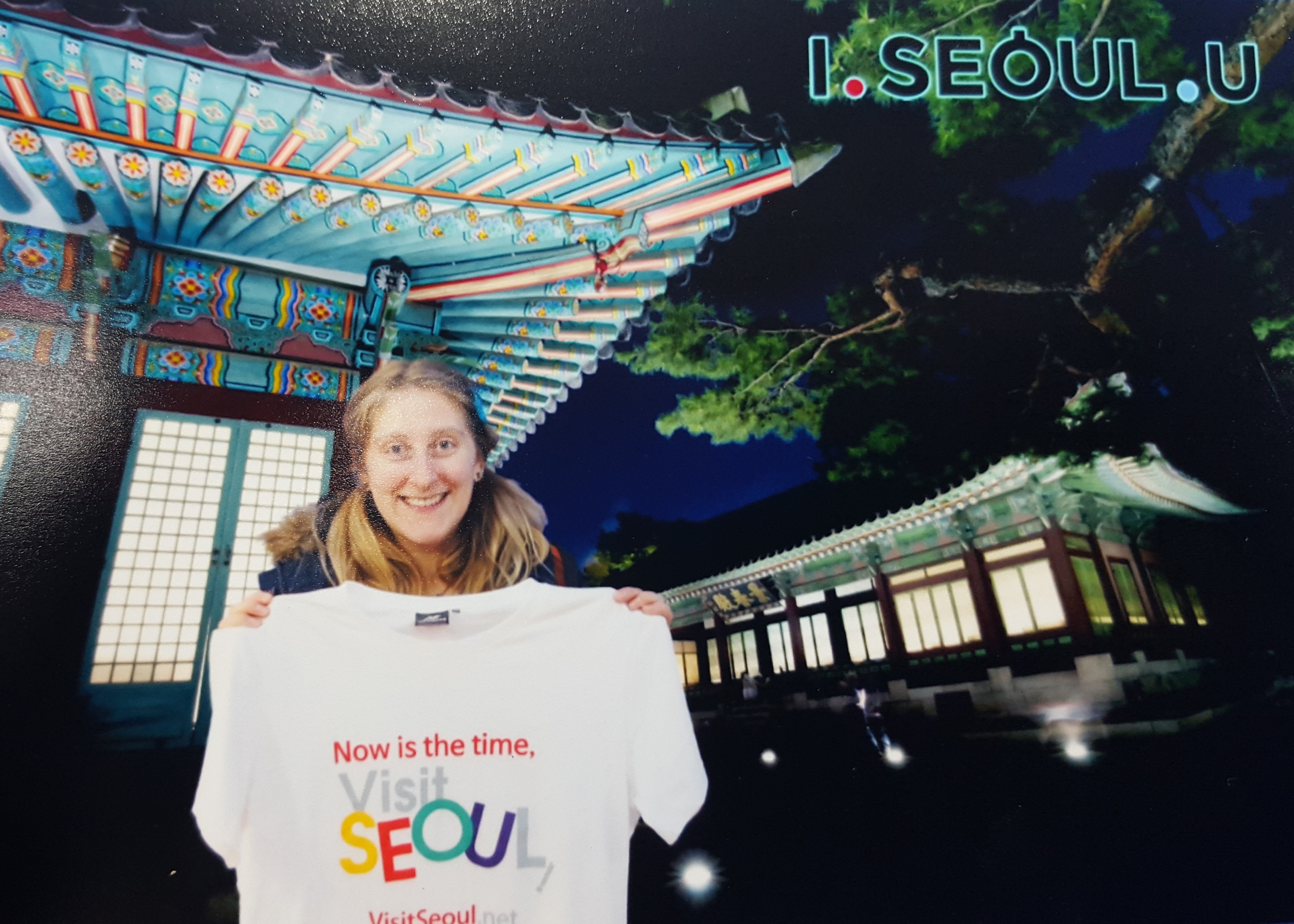
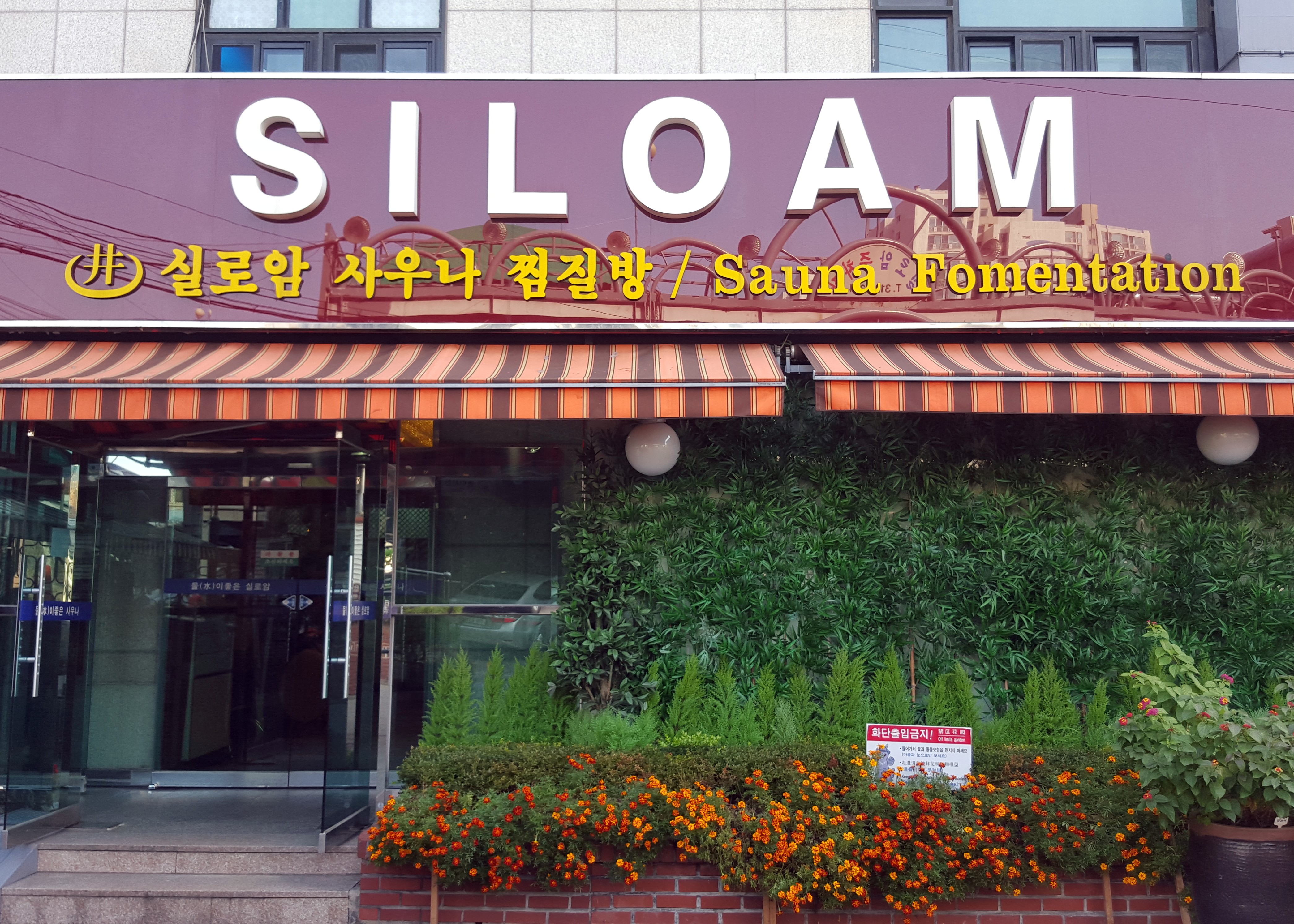
 RSS – Posts
RSS – Posts
